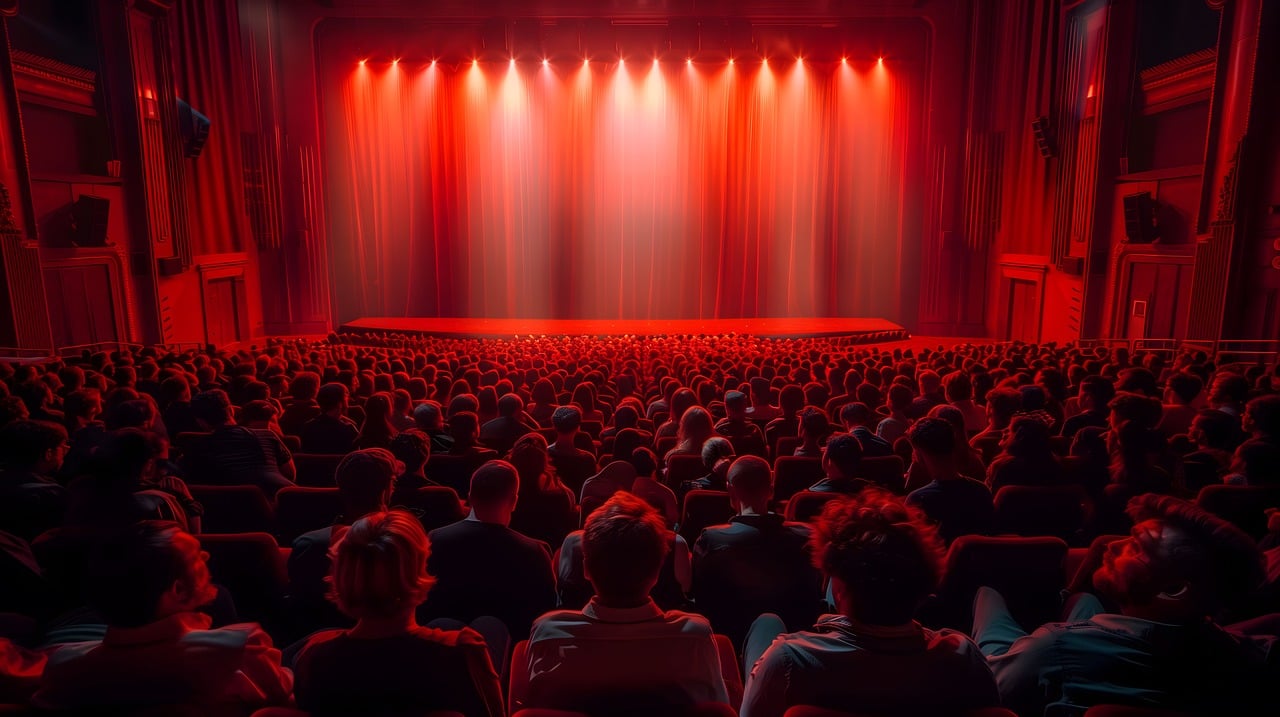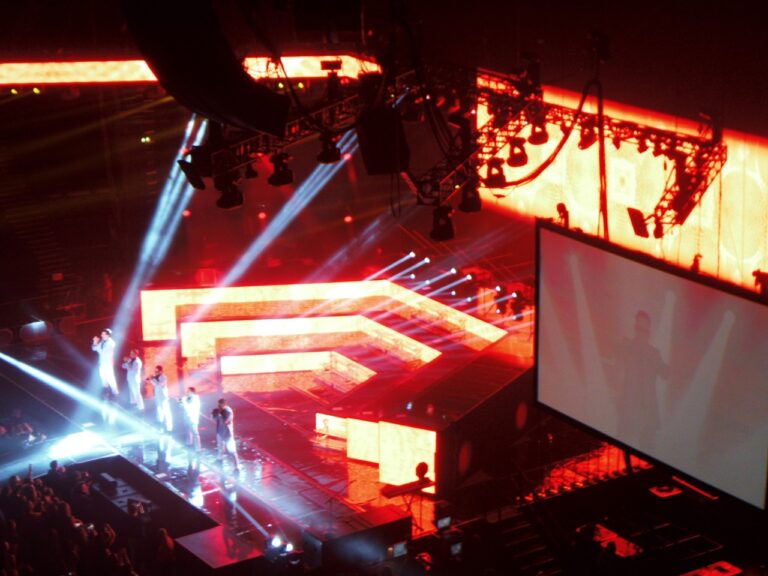The Role of AI in Improving Video Game Graphics
AI algorithms have revolutionized the way textures and models are upscaled in the realm of computer graphics. By employing advanced machine learning techniques, these algorithms can enhance the resolution and quality of textures without sacrificing performance. This results in more detailed and realistic visual experiences for users in various applications, from video games to high-quality digital art.
Furthermore, AI algorithms in upscaling textures and models have the ability to intelligently extrapolate missing information in images, resulting in smoother transitions and sharper details. This means that even low-resolution textures can be transformed into high-definition quality with minimal loss of fidelity. As a result, artists and developers can create more immersive and visually stunning content without the need for manual intervention or time-consuming rework.
Enhancing lighting effects through AI technology
Lighting effects play a crucial role in creating immersive digital environments, influencing the overall mood and atmosphere in video games, movies, and virtual simulations. With the advancements in AI technology, developers can now enhance lighting effects to achieve unprecedented levels of realism and visual fidelity. AI algorithms can analyze the virtual scene and dynamically adjust lighting sources, shadows, and reflections to create more lifelike and captivating visuals.
By leveraging AI-powered tools, developers can simulate complex lighting scenarios in real time, optimizing the distribution of light and shadow to enhance the depth and dimensionality of virtual worlds. These AI algorithms can account for various factors such as the time of day, weather conditions, and the materials of different surfaces to realistically render how light interacts with the environment. The result is a more engaging visual experience that immerses players and viewers in a richly detailed and convincingly lit digital world.
Improving facial animations and expressions with AI
Facial animations and expressions have become increasingly realistic and lifelike thanks to advancements in AI technology. Through the use of sophisticated algorithms, AI can analyze and replicate the intricate movements of facial muscles, resulting in more nuanced and emotive animations. This enables characters in video games, movies, and virtual simulations to convey emotions with greater depth and authenticity, enhancing the overall immersive experience for users.
Moreover, AI algorithms can also assist in fine-tuning facial animations by identifying and correcting inconsistencies or imperfections. By continuously learning from vast amounts of data, AI can ensure that facial expressions are accurately synchronized with dialogue and actions, creating a seamless and natural portrayal of emotions. This level of precision and detail not only saves time and resources for animators but also elevates the quality of facial animations to new heights, setting a new standard for visual storytelling in the digital age.
– AI technology can analyze and replicate intricate movements of facial muscles
– Characters in video games, movies, and virtual simulations can convey emotions with greater depth and authenticity
– AI algorithms can identify and correct inconsistencies or imperfections in facial animations
– Facial expressions are accurately synchronized with dialogue and actions for a seamless portrayal of emotions
How can AI algorithms help in upscaling textures and models for facial animations?
AI algorithms can analyze and enhance textures and models by adding more detail and realism to facial features, leading to more lifelike animations.
Can AI technology improve lighting effects in facial animations?
Yes, AI technology can enhance lighting effects by adjusting shadows and highlights to create more realistic and dynamic expressions on the face.
How does AI contribute to improving facial animations and expressions?
AI can analyze and interpret facial movements to create more expressive and natural animations, resulting in more engaging and realistic character performances.







